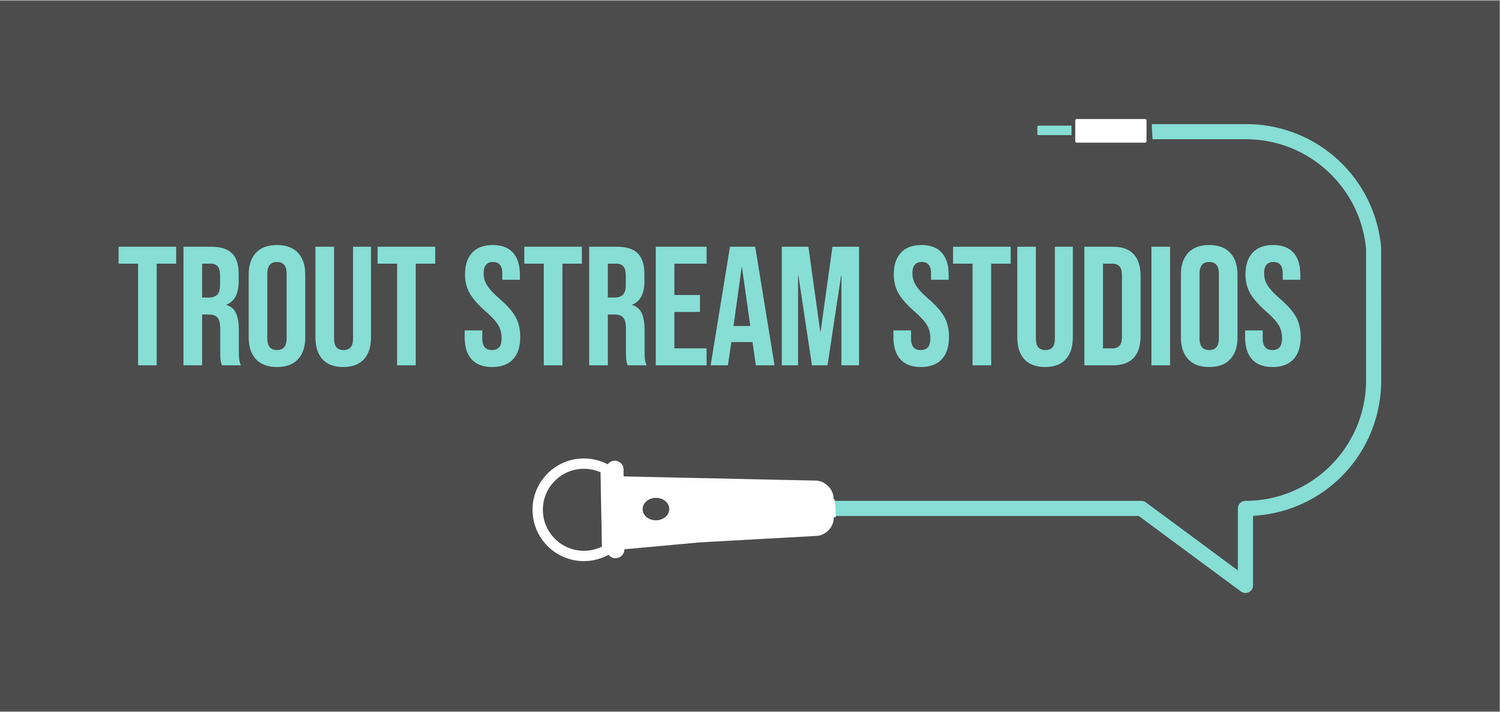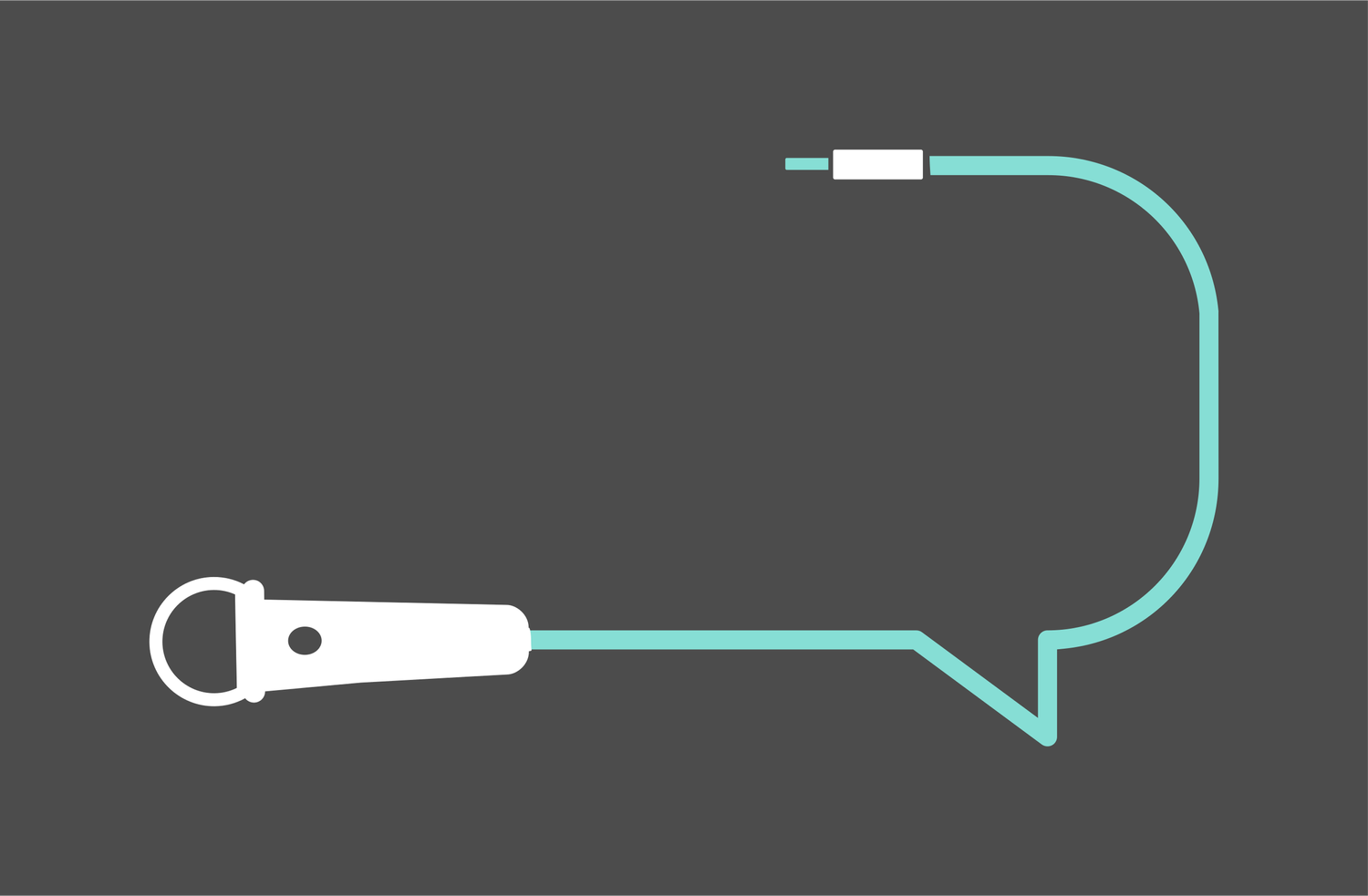🎧 The Impact of Audio Distortion: Enhancing Your Listener Experience 🎙️
As a podcast production company, the bar none number one reason we get calls from potential clients is that their audio sounds like crap. Let’s face it, common problem in the podcasting space. We’ll be releasing a periodic set of tips and tricks to tackle this and showing you how we fix it. This is the first in that series, and it’s kind of a long one. So, buckle up and enjoy.
NOTE: THIS WILL MAKE YOU A BETTER PODCAST **GUEST** AS WELL
Here’s the brass tacks, as Will Geer’s character Bear Claw so succinctly in my personal favorite movie, Jeremiah Johnson: “You can’t cheat the mountain, pilgrim. The mountain’s got its own ways.”
Truer words…
So, if you’re a podcaster that is looking to grow your show the right way, (without ‘cheating the mountain’) listener experience is CENTRAL to what you should be focusing on, because it’s the easiest and highest-return investment you can make in captivating and retaining an audience. LOOK AROUND: In today's digital landscape, where content consumption is at an all-time high, ensuring a seamless and immersive listening experience is the TOP of your list (or should be, if you’re smart).
Okay, that aside - what exactly is ‘Audio Distortion’ and why does it matter?
‘Audio distortion’ basically refers to any unwanted alteration or disruption in sound quality that deviates from the original recording. In the audio editing space, we use (and hear) words like clipping, crackling, hissing, or popping sounds. To describe things like essey, plosives, etc. It’s a lot like having a mechanic, except your mechanic can actually hear the sound you’re describing to troubleshoot a way to fix it. The distortions can stem from multiple sources – tons of them really, but the most common are poor recording equipment, improper levels during mixing, or even compression techniques applied during post-production (yes, sometimes even a trigger happy producer can create the problem and need to fix it later).
Alright. Why should I care? Does it really impact listeners?
Back to brass tacks, imagine trying to savor a profound discussion on the meaning of hunting to the environment and listening to your favorite pro-hunter’s or fisherman’s story of a lifetime of catching that record fish or climbing a mountain for a chance at a trophy elk and through the entirety of the story, instead of being entertained by the content, you’re constantly distracted by unpleasant audio artifacts — your listeners are people, too.
You answered your own question there. Audio distortion disrupts the natural flow of conversation or narrative, distracting listeners from the content itself. Have you ever heard an audio program that is so full of clips and screeches and plosives that you can barely follow the program? It’s a problem, and over time results in listener fatigue, which in turn reduces engagement levels, which, in turn, can ultimately lead to the dreaded ‘pod fade’.
Alright, how do I fix it?
*Simple. Improving audio quality doesn't always require complex solutions. (it does, sometimes, but not all the time) but below are some ACTIONABLE steps you can take TODAY to elevate your podcast's sound. I always start here when coaching podcast clients – so enjoy the free advice and please, God, make use of it. It hurts as an audio guy to hear all the bad audio quality people justify these days:
Invest in Quality Equipment: NO BRAINER. High-quality microphones, sound interfaces, and recording software can significantly reduce distortion during the initial recording phase. The absolute ESSENTIALS IMHO are a couple hundred bucks spent on:
A high-quality exterior mic – please DO NOT use Bluetooth like airpods.
Headphones
A pop filter or wind screen
A control arm
NOTE: I know this sounds complicated and expensive. It’s not. Costs like 250 bucks tops for a set of base equipment that will serve just fine for most shows.
FURTHER NOTE: Have a professional set up any other equipment (like your producer!) because bad equipment setup can cause even more problems. It’s not an amateur sport.
LOCATION. Don’t just choose, but OPTIMIZE a quiet space with minimal background noise to prevent interference during recording sessions. No dogs. No kids. No TSA announcements. No large fan right next to your microphone. No weed whackers. You get the picture on the basic stuff, but here’s some other tips:
Turn off ANY machines or really anything making a constant noise no matter how quiet you think it is.
Make sure the room isn’t empty. In fact, having couches and pillows and carpet and other soft things absorbs sounds and muffles errant noises.
Monitor Levels Carefully: Ensure proper audio levels during recording and mixing to prevent overloading or clipping that could introduce distortion. This will be different for every setup. One really good reason to hire a producer and use high quality remote recording software (click the link below for details!)
Post-Production Adjustments: Again, different for everyone, but most producers have some presets they like to start with. I’ll be releasing mine across platforms soon, but not ready yet. Generally speaking, top tools will be equalization (EQ) and compression.
NOTE: USE noise reduction techniques CAUTIOUSLY to refine the audio without sacrificing quality.
Regular Quality Checks: Regularly review and test your episodes on various devices to identify and address any potential distortion issues.
The Brass Tacks
As a podcaster, taking the time and treasure to prioritize delivering exceptional audio experiences is absolutely the best investment you can make today to improve the ROI f your podcast.
Now, how can you help? Easy! If you liked this and found it valuable, leave a comment, share with someone who needs to hear it, or if you hated it, tell me what you disagree with!
Remember, great content deserves exceptional delivery.
Get Riverside: https://www.riverside.fm/?via=cody-mclaughlin or Get Squadcast: https://squadcast.fm/?ref=zwjhnwf

